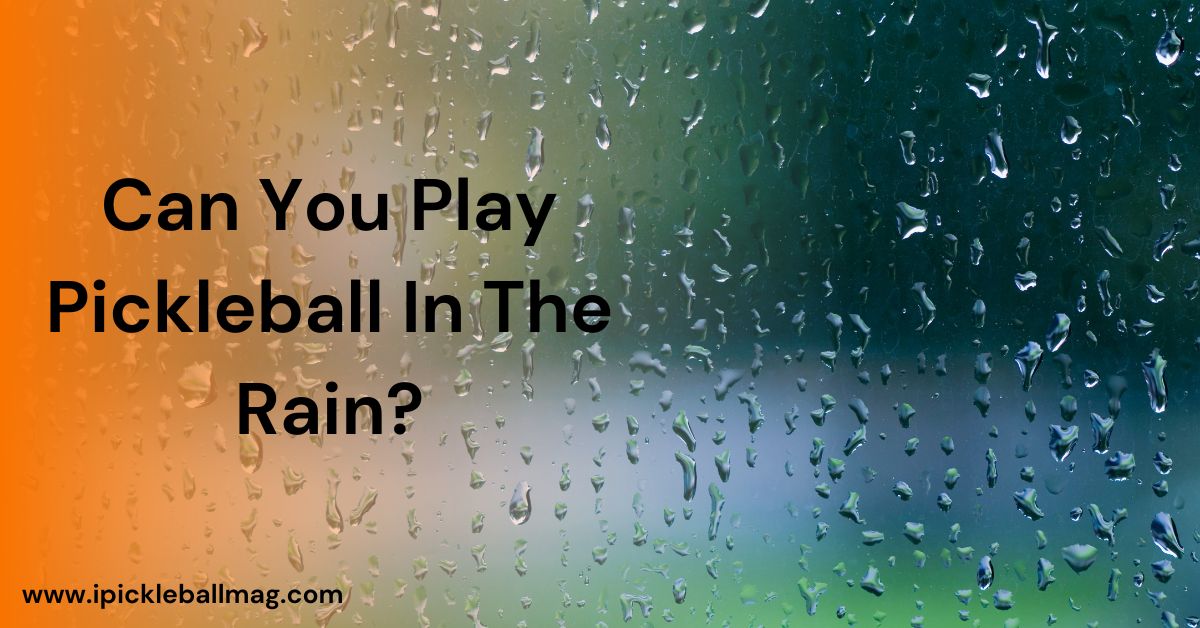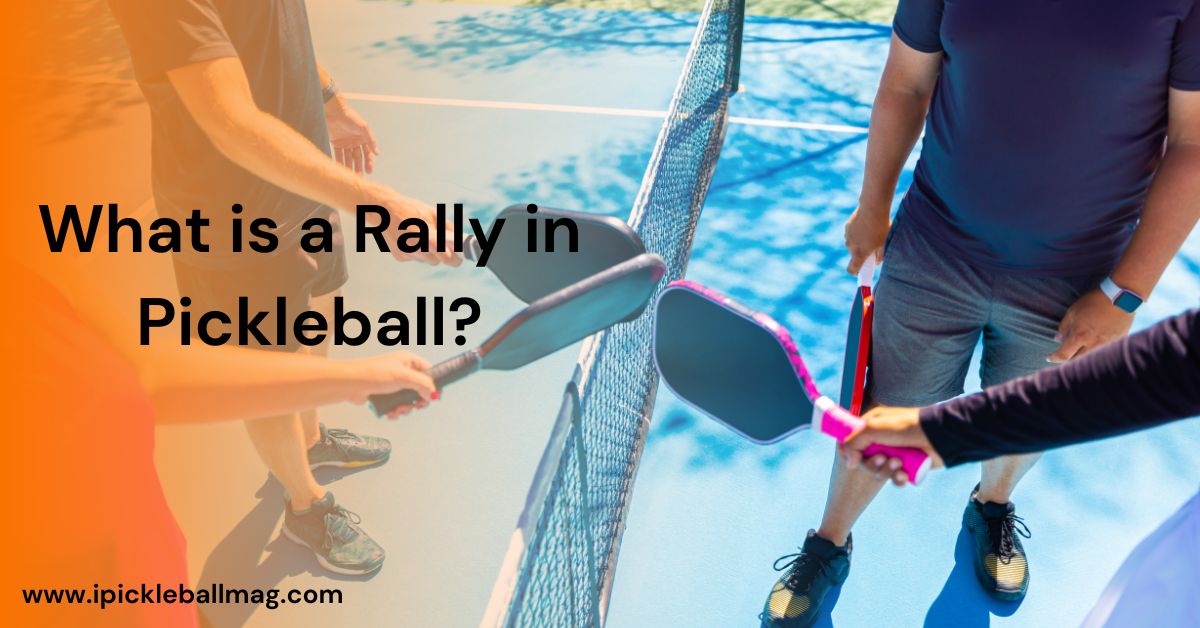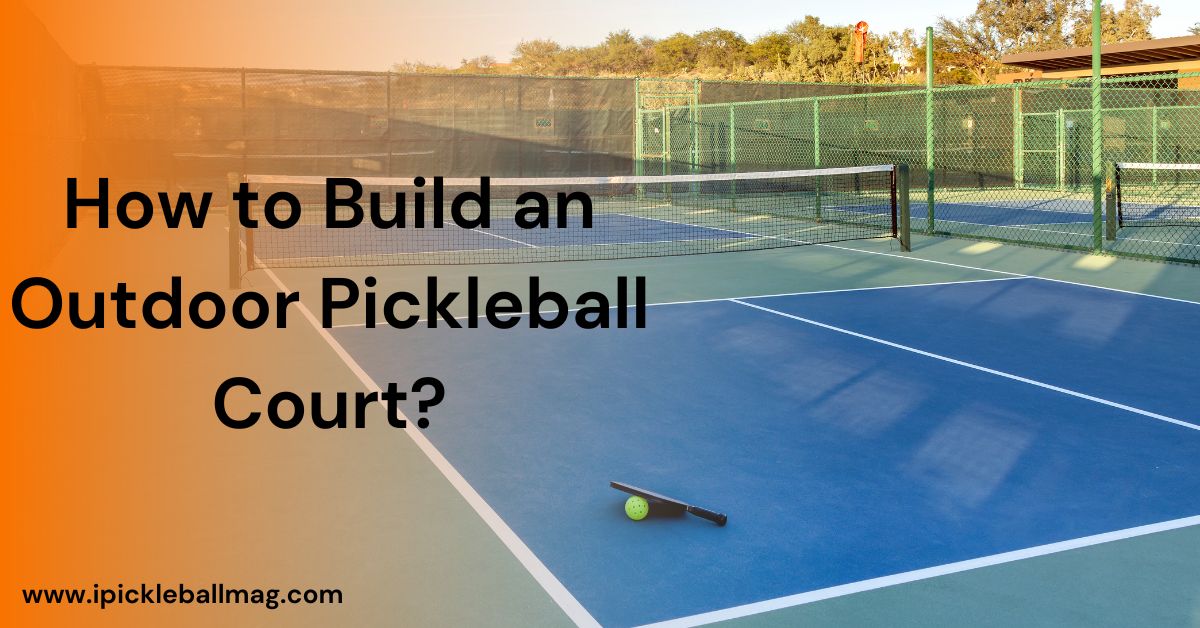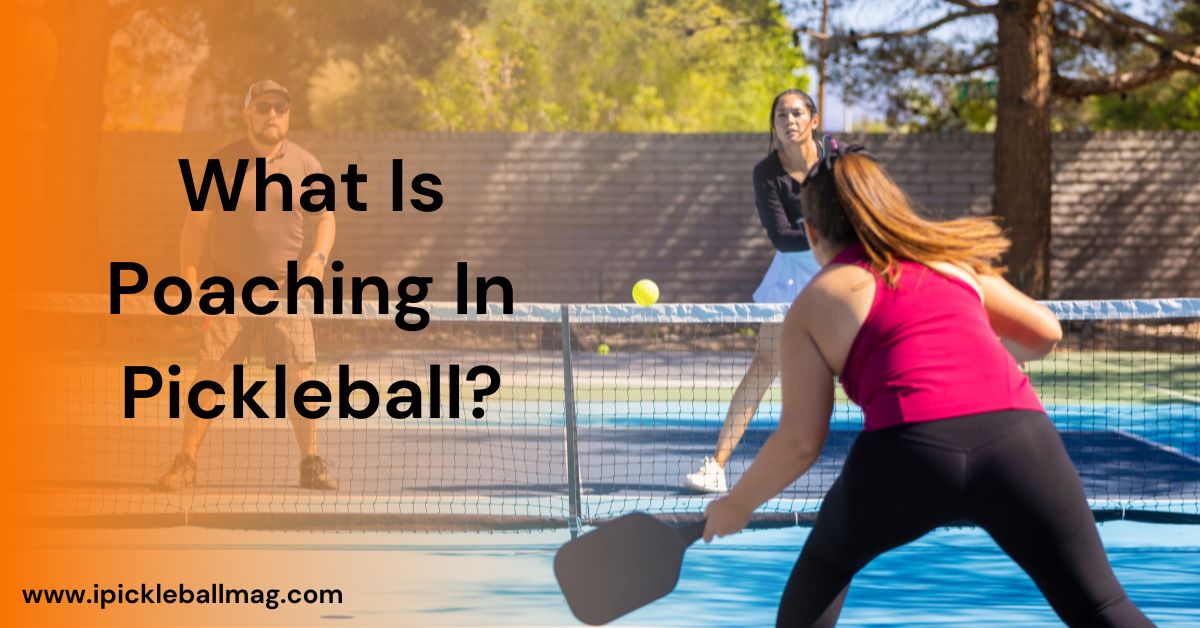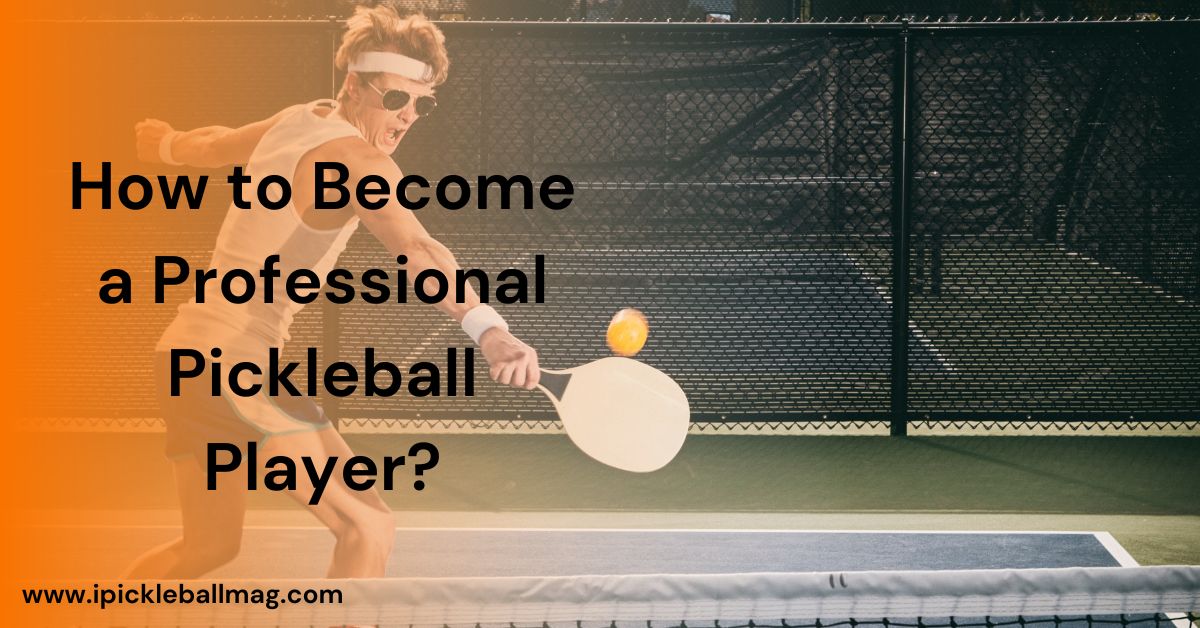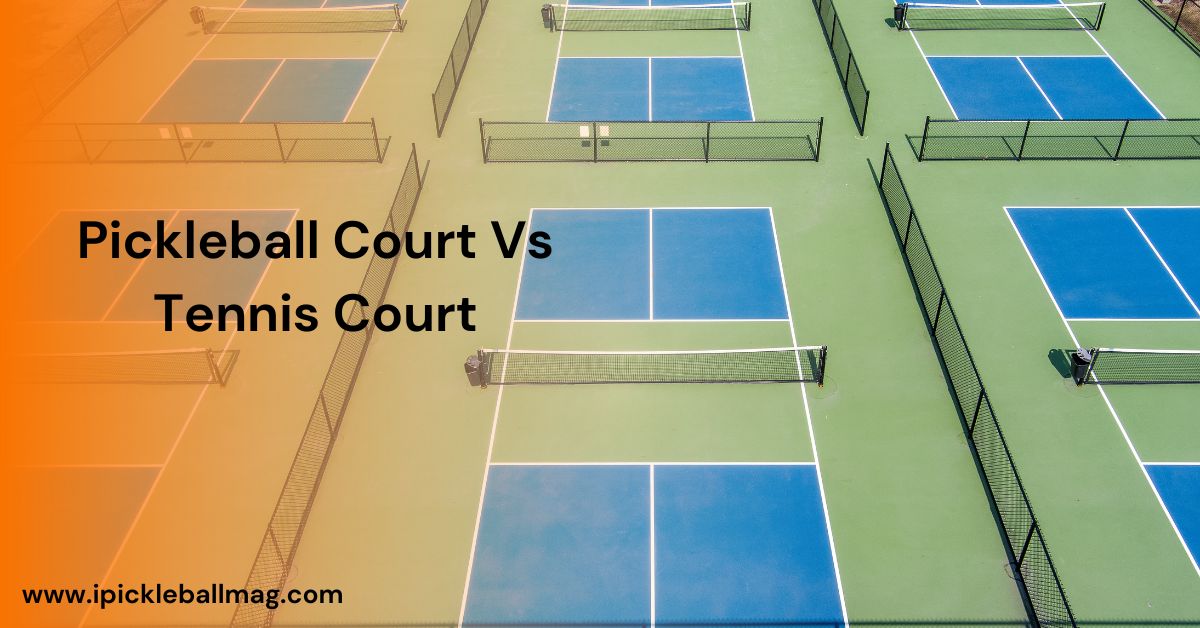Indoor vs Outdoor Pickleball – Key Differences Explained
New pickleball players may believe that any pickleball can be used indoors or outdoors. Balls used outdoors and indoors may look the same, but they are different.
That was a short introduction to differences. Now, let’s jump to the detailed differences between indoor and outdoor pickleballs.
Indoor vs Outdoor Pickleballs – 7 Key Differences
There are many differences between outdoor and indoor pickleball.
1. Number of Holes
An outdoor pickleball has more holes than an indoor one. It has around forty tiny(40) holes packed closely together, whereas indoor pickleball typically contains twenty-six (26) bigger holes.
Why is there a difference? Outdoor balls need to be able to withstand windy conditions. All those tiny holes aid its aerodynamics, allowing each strike to go where you aim despite breezes. Indoors lack winds, so fewer, larger holes in the indoor ball are enough.
2. Hole Diameter
The hole diameters of indoor and outdoor pickleballs differ greatly. Indoor pickleball holes measure approximately 0.43 inches on average. This is much wider than outdoor pickleball holes, which are about 0.282 inches across on average.
The difference in hole size between the two types of pickleballs is significant. Indoor pickleball holes are roughly 40% larger than those of outdoor pickleballs.
This data comes from measuring common brands currently on the market. While some may be smaller or bigger, indoor pickleball holes are clearly much roomier than smaller outdoor pickleball holes.
3. Weight
Outdoor balls tend to be marginally heavier than indoor balls. The average indoor ball weighs about 0.917 ounces, while the average outdoor ball is approximately 0.925 ounces.
A few key factors contribute to this difference. Outdoor balls have larger and more numerous holes than indoor balls. This reduces the amount of material in the ball but still allows it to maintain its shape in windy conditions.
Materials also play a role. While both are made of plastic, outdoor balls may contain different formulations to withstand outdoor use.
To be considered a regulation pickleball, it must weigh between 0.78 and 0.935 ounces.
4. Hardness
The hardness of indoor and outdoor pickleballs differs in important ways. Indoor pickleball uses softer plastic, so it feels lighter in your hands. It drags less on indoor court surfaces, too. This allows indoor games to have a gentle touch.
Outdoor pickleball needs to withstand various outdoor conditions. It is built with thicker, tougher plastic that makes it more durable when you hit on outdoor courts. The stronger plastic gives outdoor pickleballs more bounce.
5. Durability
Indoor balls tend to last much longer because they use softer plastic materials. These softer plastics are highly elastic and resistant to cracking or changes in shape over time.
Outdoor balls, on the other hand, employ harder plastics that don’t withstand wear and tear as effectively. As a result of their hardness, they are prone to cracking when stressed. The elements also damage them more rapidly.
Though no pickleball survives forever, indoor balls generally outlast outdoor balls by a wide margin.
6. Bounce and Speed
Indoor balls have a lower bounce off the court due to their composition. They also tend to move at a slower pace, rolling across the net rather than zipping.
Outdoor pickleballs, however, spring higher upon impact and travel faster, too. Their resilient build and hole placement allow them to jump higher but also pick up speed.
7. Material
Indoor pickleballs are made from softer plastic, while outdoor pickleballs are made from harder plastic. Pickleball differs because outdoor pickleball has to withstand outdoor environmental conditions compared to indoor pickleball.
Are Indoor Pickleballs Suitable For Outdoor Use?
While indoor pickleballs can technically be used on outdoor courts, it is best to choose outdoor balls. Indoor balls lack wind resistance, so shots are easier to blow out. Controlling your paddle swings may be easier with a ball built for outside.
Plus, the softer material of indoor balls wears down faster when facing elements like rain, sun, and dirt.
So, while indoor balls won’t violate any rules outdoors, outdoor balls perform better in windy, weather-impacted games. For the best gameplay, go for the pickleball designed and rated for open-air play.
If you are Confused about How to choose a perfect paddle check out our guide.
Official USA Pickleball Ball Requirements
USA Pickleball (USAPA) is in charge of official pickleball tournaments in the United States. Whether you are playing on indoor or outdoor courts, you need to use the right ball approved for that court type.
For a ball to be approved by USA Pickleball, it must meet these standards:
- The ball should bounce from 30 to 34 inches.
- It should have a diameter between 2.874 and 2.972 inches.
- The ball must be a single color and have a smooth surface.
- It should have 26 to 40 holes.
- It must pass a pressure test measured with the Durometer D scale.
Frequently Asked Questions
Newbies frequently ask us these questions.
Why Do Outdoor Pickleballs Have More Holes?
Having more tiny holes improves the aerodynamics of outdoor pickleballs. With extra holes, the ball resists windy conditions outdoors and can go where aimed despite breezes.
Is There A Difference Between Indoor And Outdoor Pickleball?
Yes, there is a difference between indoor and outdoor pickleballs.
Final Thoughts
While indoor and outdoor pickleballs may look similar, important differences in their design influence performance on indoor versus outdoor courts.
Outdoor pickleballs are built to withstand windy conditions with numerous tiny holes and harder, more durable plastic. Indoor pickleballs have fewer larger holes and softer plastic suitable for indoor play. Players should select the pickleball designed for use on their specific court conditions for the best results.
This Guide Covers all your Questions about Indoor vs Outdoor Pickleball in detail.
Thanks for reading along. Have a nice Day!

